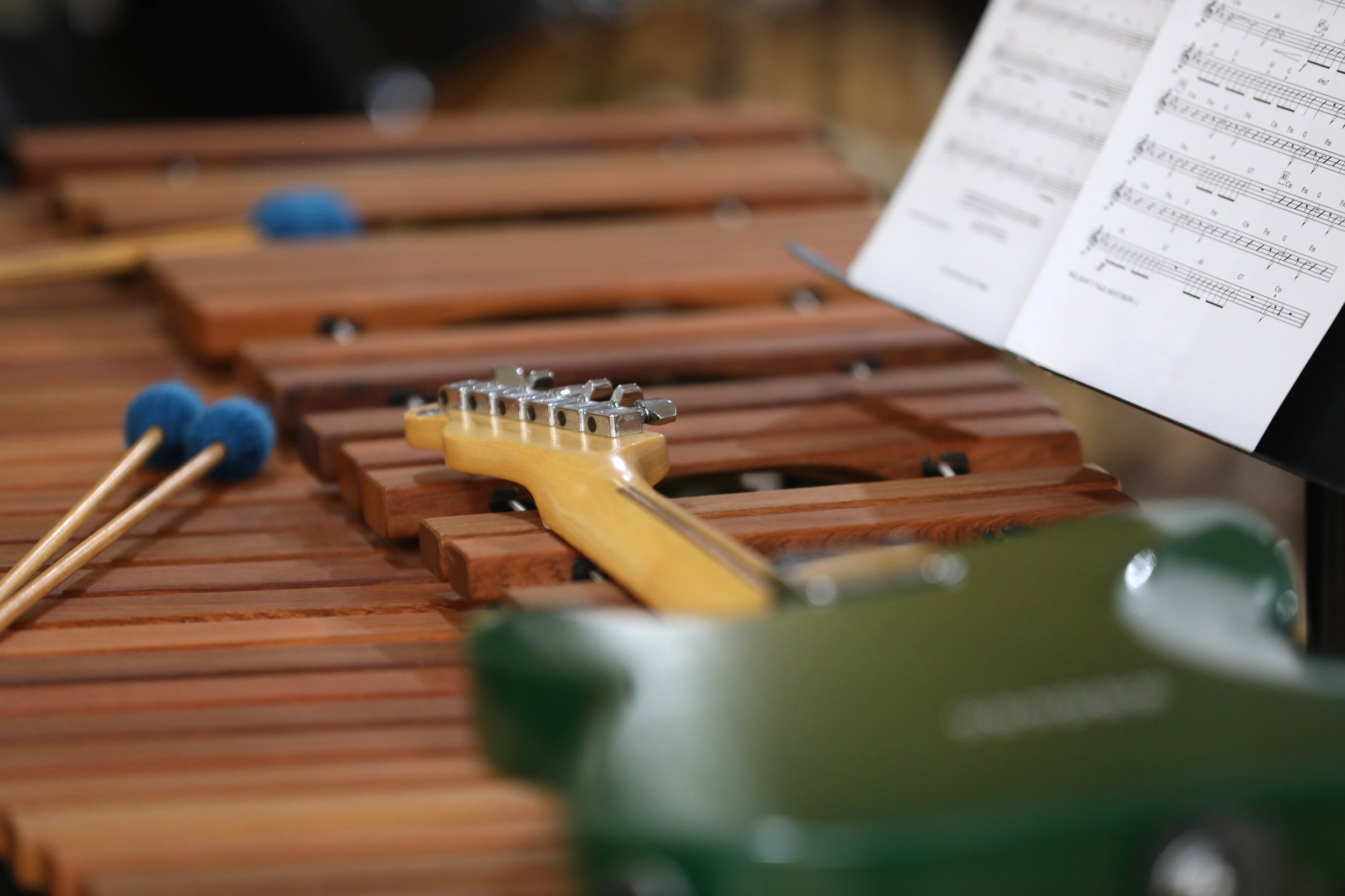
String Teachers’ Perspectives of Nontraditional Music Courses and Ensembles in Public Schools
Savage, A. N., & Harry, A. G. (2024). String Teachers’ Perspectives of Nontraditional Music Courses and Ensembles in Public Schools. String Research Journal, 14(1), 41-51.
-
Overview
Savage and Harry examine 42 middle and high school string teachers’ beliefs about teaching nontraditional music courses. The most common nontraditional music courses and ensembles (NMCEs) that participants shared were guitar class, pit orchestra, and music technology. The study’s participants explained that NMCEs provide opportunities to teach content that closely reflect students’ cultures and possibly attract a wider range of students. Participants used NMCEs to bring musical experiences (i.e. improvisation, playing by ear, and collaborative composition) that otherwise might not be available in traditional ensembles.
-
Considerations
Savage and Harry cited a 1968 Tanglewood Symposium that called for diversifying music education beyond band, orchestra, and choir to include musical practices from outside Western classical tradition. More recent research showed that traditional ensembles favored and appealed to a small percentage of students. Another study showed that NMCEs such as Gamelan ensemble, recorder ensemble, and bluegrass ensemble also had low student interest. Savage and Harry’s research found that “the primary reason [participants] wished to offer NMCEs was to reflect students’ cultural heritage, it is possible they believed these ensembles are more culturally inclusive and could serve as a method to engage a wider audience within their communities” (2024, p.48). Savage and Harry also found that NMCEs offered more opportunities for students to “learn by ear, improvise, compose, and arrange their own music in an intimate and collaborative learning environment” (2024, p.49).
-
Limitations
While string teachers support NMCEs to promote student interest and inclusion, barriers such as changing the current (established) school music programs remain. Adding NMCEs to existing band, chorus, and orchestra programs requires more periods in the school day and additional staff. Music educators must equip themselves with knowledge of certain NMCEs. Savage and Harry recommend music teacher education programs to address the creation and support for NMCEs. Savage and Harry cited a 2019 study that found music teachers returning to their traditional music practices after attending a 6-week improvisation/composition workshop. Savage and Harry recommend prolonged exposure and training to NMCEs for music teachers to stay committed.
-
Alex's Riff
Taking limitations and delimiting factors into consideration, I believe schools can make changes to their music offerings if enough people in the community and student body agree to these changes. The issues raised by Savage and Harry (2024) along with researchers before them are multifaceted – tradition vs. progress, resources, student interests, teacher training, etc. Educators looking to implement NMCEs should pilot a program (perhaps as a club) and convince students, community, and stakeholders of the need for such a program. One of the largest educational program expansion in the last few decades is Special Education. Very few educators in the late 20th century were trained/certified to address the students needing special education programs. When communities and states were made aware of the expanding needs of our students, new certification requirements, training, and professional development opportunities were set in place. Today, more schools are allocating time during the school day for students with specific needs to meet with educators certified in special education. Perhaps this is an approach music educators can use to turn “nontraditional” music courses and ensembles into “contemporary” music experiences.